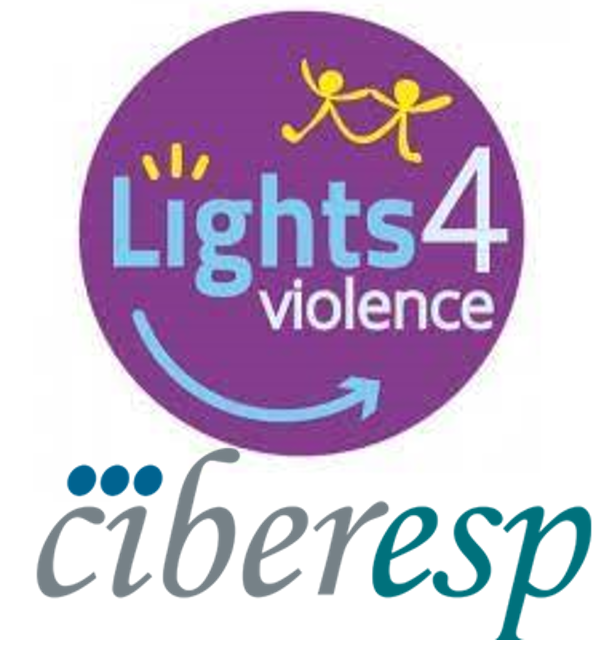
Sofia Neves (project researcher)
Dating violence is defined as physical, psychological, sexual, and/or social abuse between youth (Teten, Ball, Valle, Noonan, & Rosenbluth, 2009), both in heterosexual and gay/lesbian relationships (Dank, Lachman, Zweig, & Yahner, 2014).
Several studies worldwide have been showing that dating violence is a high prevalent problem (e.g., Straus, 2004), affecting adolescents from different ages and diverse sociocultural backgrounds and compromising their integral development and well-being. Among all consequences caused by dating violence, health consequences are one of the most expressive. Significant associations have been found between youth abusive intimate relationships and psychopathological symptoms as anxiety, depression, self-injury, somatization, eating disorders, chronic mental illness and reported suicidal ideation or attempts (Murray, Wester, & Paladino, 2008). In general, victims of dating violence exhibit lower self-esteem and a more negative self-concept when compared with non-victims and are more likely to display other health risk behaviors such as alcohol and substance abuse and non-safe sexual practices (Exner-Cortens, Eckenrode, & Rothman, 2013). Moreover, dating violence is associated with declines in self-rated physical health in adolescence (Coppet al., 2016) and a poor academic performance (Hanson, 2002).
Research has been concluding that traditional gender role attitudes are associated with intimate partner violence (Eaton & Rose, 2011). Data suggest that youth who endorse conservative gender role attitudes seem to be at greater risk of becoming both aggressors and victims, evidence that support the development of prevention programs aimed to change traditional gender role attitudes.
Our project “Lights, Camera and Action Against Dating Violence”(Lighst4Violence) will invite adolescents from Spain, Portugal, Italy, Romania, Poland and United Kingdom, in collaboration with teachers,to challenge sexist and tolerant attitudes towards gender-based violence and dating violence, providing them tools to build positive interpersonal relationships based on self-esteem and trust.
References:
Copp, J. E.,Giordano, P. C., Longmore, M. A., & Manning, W. D.(2016) Dating violence and physical health: A longitudinal lens on the significance of relationship dynamics and anti-social lifestyle characteristics.Criminal Behavior and Mental Health, 26, 251-262. doi: 10.1002/cbm.2016
Dank, M., Lachman, P., Zweig, J. M., & Yahner, J. (2014). Dating violence experiences of lesbian, gay, bisexual, and transgender youth. Journal of Youth and Adolescence, 43(5), 846-57. doi: 10.1007/s10964-013-9975-8
Eaton, A. A., & Rose, S. (2011). Has dating become more egalitarian? A 35 year review using sex roles. Sex Roles,64, 843-862.doi: 10.1007/s11199-011-9957-9
Exner-Cortens, D., Eckenrode, J., & Rothman, E. (2013). Longitudinal associations between teen dating violence victimization and adverse health outcomes. Pediatrics, 71, 71-78. doi: 10.1542/peds.2012-1029
Hanson, R. F. (2002). Adolescent dating violence: Prevalence and psychological outcomes. Child Abuse & Neglect, 26, 449-453. doi:10.1016/S0145-2134(02)00321-6
Murray, C. E., Wester, K. L., & Paladino, D. A. (2008). Dating violence and self-injury among undergraduate college students: Attitudes and experiences. Journal of College Counseling, 11, 42-57. doi:1002/j.2161-1882.2008.tb00023.x
Straus, M. (2004). Prevalence of violence against dating partners by male and female university students worldwide. Violence Against Women, 10, 790–811. doi:10.1177/1077801204265552
Teten, A., Ball, B., Valle, L., Noonan, R., &, Rosenbluth, B. (2009).Considerations for the definition, measurement, consequences, and prevention of dating violence victimization among adolescent girls. Journal of Women's Health, 18(7), 923-927. doi:10.1089/jwh.2009.1515

Add new comment